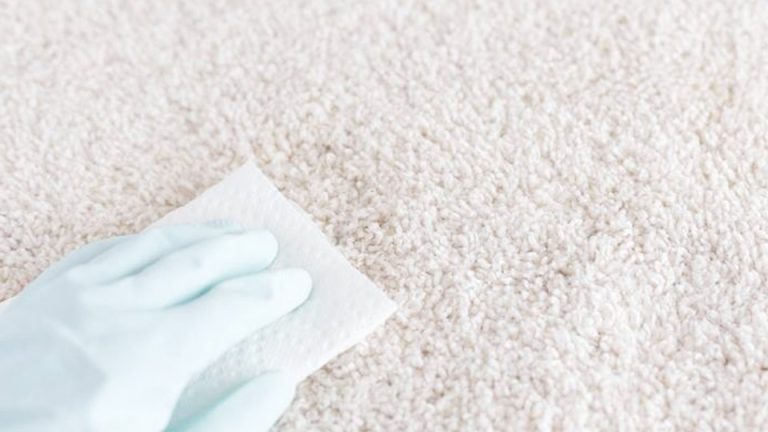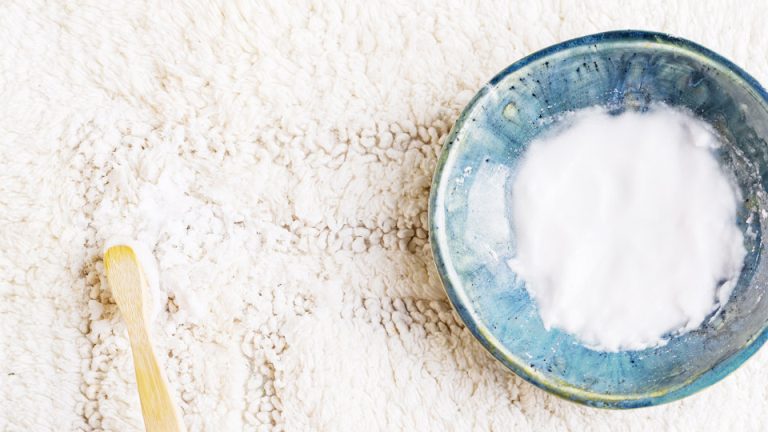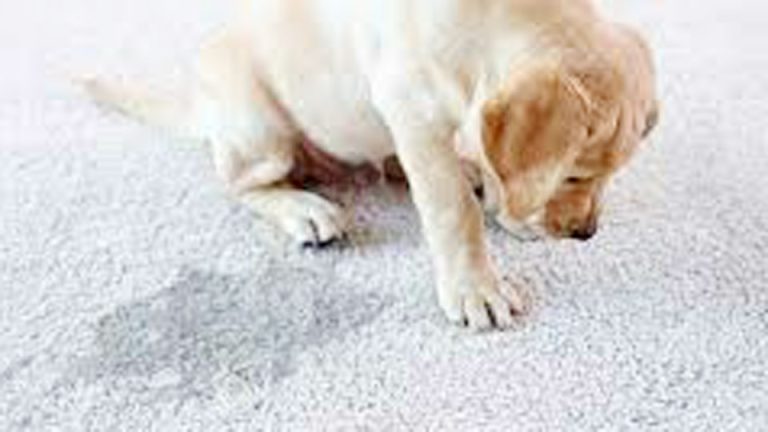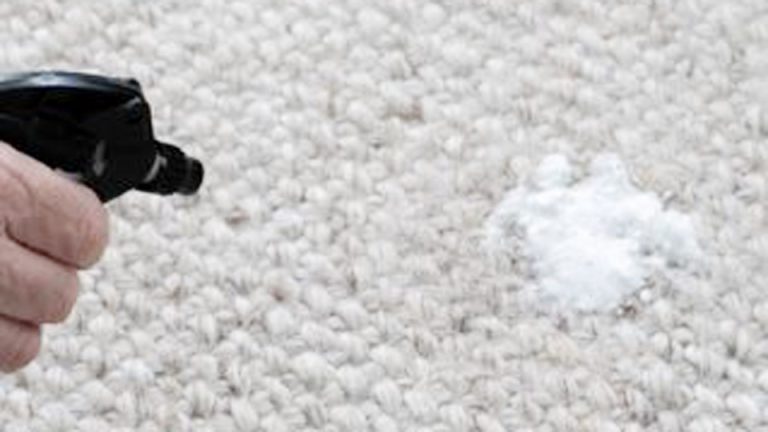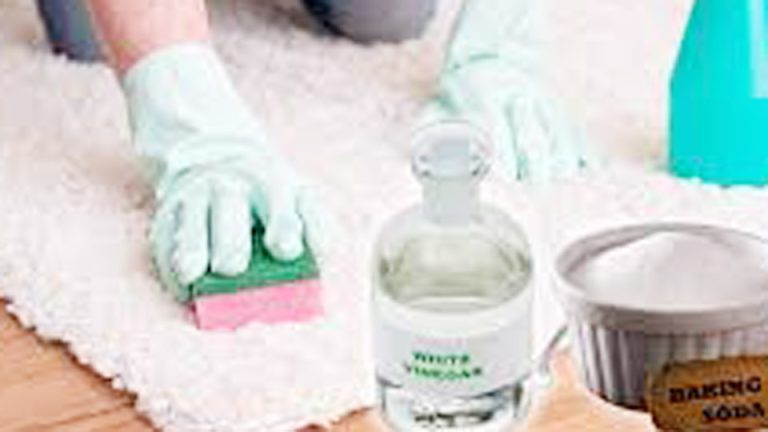I know how alarming it can be to spot mold creeping into your carpets. When I found fuzzy green patches on my basement carpet after a humid summer, my heart sank, but I was determined to figure out how to get mold out of carpet with baking soda. I’ve always loved baking soda for its odor-absorbing, stain-lifting magic, and it’s been a lifesaver for my family’s carpets without the harsh fumes of chemical cleaners.
After successfully banishing mold from my carpet with this pantry staple, I’m excited to share my step-by-step methods, personal tips, and real-life stories to help you tackle mold, whether you’re a busy mom juggling kids or a professional keeping a tidy home office. Let’s dive in and make your carpets mold-free and fresh!
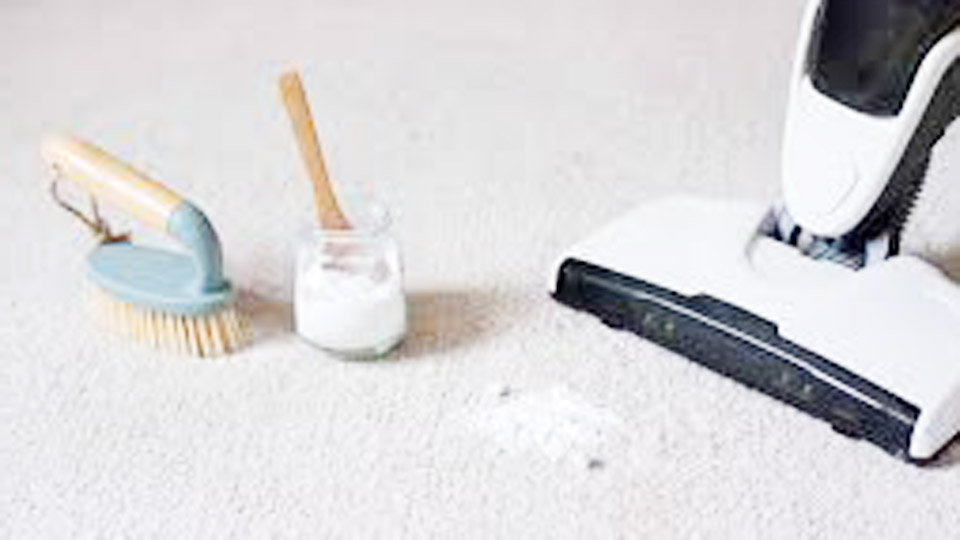
Image by thespruce
Why Baking Soda Is My Mold-Fighting Hero
I’ve been a fan of baking soda ever since I discovered it could freshen my fridge and scrub my sink. Its gentle abrasive nature and ability to neutralize odors make it a powerhouse for tackling mold in carpets. I first used it to clean mold from my living room carpet after my dog, Max, tracked in wet mud that led to a musty smell.
Baking soda is safe, non-toxic, and budget-friendly, perfect for homes with kids or pets. Unlike harsh chemicals, it won’t damage carpet fibers or leave harmful residues. Paired with other natural ingredients like vinegar, it’s my go-to for mold removal. Let’s explore how to use baking soda to restore your carpets.
Mold in Carpets
Before we start cleaning, let’s talk about mold. Carpets are like sponges, soaking up moisture from spills, humidity, or leaks, creating a cozy home for mold. I learned this when a small basement leak left my carpet damp and moldy, with an unpleasant musty odor. Mold can cause health issues like allergies and make your home feel less inviting.
Surface mold is manageable with DIY methods, but deep mold or large infestations may need professional help. I’ll focus on surface mold removal, as that’s what I tackled in my basement. Knowing your carpet’s material—synthetic or natural—helps, as delicate fibers like wool need gentler care. Always test cleaners in a hidden spot first to avoid damage.
Gathering Your Mold-Cleaning Supplies
To get mold out of carpet with baking soda, you’ll need a few simple tools. I keep these in my cleaning caddy for quick access when I spot mold or other messes. Here’s what I use:
- Baking soda: Absorbs odors and lifts mold stains.
- White vinegar: Kills mold spores and boosts cleaning power.
- Warm water: Dilutes cleaners to protect carpet fibers.
- Liquid dish soap (optional): Helps with greasy mold patches.
- Spray bottle: For even application of solutions.
- Soft-bristle brush: For gentle scrubbing.
- Microfiber cloths: For blotting and wiping.
- Vacuum cleaner with HEPA filter: To remove loose mold spores and dirt.
- Dry towels: To absorb excess moisture.
- Fan or dehumidifier: To speed drying and prevent mold regrowth.
- Protective gloves and mask: To avoid mold spores and cleaner fumes.
These items are affordable and likely already in your home, making mold removal easy and safe.
Step-by-Step Guide to Removing Mold with Baking Soda and Vinegar
This method is my favorite for tackling surface mold on carpets. I used it to clean mold from my basement carpet after a leak left it musty. Here’s how I do it:
Ventilate and Protect
I start by opening windows or turning on a fan to ventilate the area, as mold spores can irritate lungs. I wear gloves and a mask for safety, especially after feeling sneezy while cleaning mold without one. This step is like airing out my kitchen after cooking to keep it fresh.
Vacuum Loose Mold
Using a vacuum with a HEPA filter, I gently vacuum the moldy area to remove loose spores, dust, and dirt. I go over the carpet slowly to avoid spreading spores. I once skipped this step and ended up with mold dust everywhere, so now I always vacuum first.
Sprinkle Baking Soda
I sprinkle a generous layer of baking soda over the moldy area, focusing on the stained or smelly spots. For my basement carpet, I used about 1-2 cups for a 3×3-foot section. I let it sit for 15-30 minutes to absorb odors and loosen mold. This step is like letting a cleaner soak into a countertop—it works better with time.
Mix a Vinegar Solution
In a spray bottle, I mix 1 cup white vinegar with 1 cup warm water to dilute the acidity and protect carpet fibers. For greasy mold patches, I add a drop of liquid dish soap. I shake gently to combine. I avoid undiluted vinegar, as it can harm delicate carpets, like when I slightly faded a wool rug.
Apply the Solution
I spritz the vinegar solution lightly onto the baking soda-covered area, causing it to fizz as it reacts. I work in small sections to control moisture and avoid soaking the carpet. For delicate carpets, I dip a microfiber cloth in the solution and dab gently. This method lifted mold stains from my basement carpet without damage.
Scrub Gently
Using a soft-bristle brush, I scrub the moldy area in circular motions to lift the mold. For delicate carpets, I use a microfiber cloth to avoid fraying fibers. I reapply the vinegar solution if needed for stubborn spots. This step removed mold from my carpet in minutes.
Blot and Rinse
I blot the area with a damp microfiber cloth to remove mold residue, vinegar, and baking soda. I rinse the cloth often to avoid spreading mold. I sometimes sprinkle a pinch of baking soda on tough spots before blotting again, but I rinse thoroughly to avoid residue.
Dry Thoroughly
I dry the carpet with clean towels to absorb moisture, then use a fan or dehumidifier to ensure it’s completely dry. This prevents mold regrowth, which I learned after leaving a damp carpet that grew mold again. I check the carpet backing to ensure it’s dry too.
Spot-Cleaning Stubborn Mold Stains
For tough mold stains that linger, I use a targeted approach. Here’s how I handled a stubborn mold spot on my hallway carpet:
Make a Baking Soda Paste
In a small bowl, I mix 2 tablespoons baking soda with a splash of water to form a thick paste. I apply the paste to the mold stain with a microfiber cloth and let it sit for 5-10 minutes. I avoid mixing vinegar directly with the paste, as the fizzing can reduce cleaning power.
Apply Vinegar Solution
After blotting the paste with a damp cloth, I spritz a diluted vinegar solution (1:1 with water) on the stain and let it sit for 5 minutes. I blot again with a clean cloth, then dry thoroughly with a towel and fan. This method removed a dark mold stain from my carpet, leaving it fresh.
Tips for Success
I use the paste sparingly, as baking soda can be abrasive on delicate carpets. I always test a small area first and dry quickly to protect the fibers.
Deep Cleaning Heavily Moldy Carpets
For carpets with widespread mold, like my basement carpet after a flood, I do a deeper clean. Here’s my process:
Vacuum Thoroughly
I vacuum the carpet with a HEPA filter to remove loose mold spores and debris. I focus on edges and corners where mold hides, like I vacuum furniture crevices for dust.
Apply Baking Soda Liberally
I sprinkle 2-3 cups of baking soda over the moldy area to absorb odors and loosen mold. I let it sit for 30-60 minutes, then vacuum it up slowly to ensure all baking soda is removed.
Spray Vinegar Solution
I spritz the diluted vinegar solution (1 cup vinegar, 1 cup water, 1 drop dish soap) over the carpet, letting it sit for 10-15 minutes to kill mold spores.
Scrub and Blot
I scrub gently with a soft-bristle brush, then blot with a damp microfiber cloth to lift mold. I rinse the cloth often to avoid spreading spores. I dry with towels and a dehumidifier to prevent regrowth.
Inspect and Repeat
I check for remaining mold. If needed, I repeat the process for stubborn areas, ensuring the carpet is dry between treatments. This method restored my basement carpet to its original state.
Enhancing Baking Soda’s Power with Other Natural Cleaners
While baking soda is my star ingredient, I sometimes pair it with other natural cleaners for extra effectiveness. Here’s how I do it:
Vinegar for Mold-Killing Boost
The vinegar solution I use with baking soda kills mold spores and enhances stain removal. The fizzing reaction lifts mold from carpet fibers, making it easier to scrub away. I used this combo to tackle mold in my entryway carpet after Max tracked in wet dirt.
Hydrogen Peroxide for Light Carpets
For light-colored carpets with tough mold stains, I sometimes use a diluted hydrogen peroxide solution (½ cup 3% hydrogen peroxide, ½ cup water) after the baking soda step. I spritz it lightly, let it sit for 5 minutes, then blot and dry. I test a hidden area first, as it can bleach colored carpets, like when I faded a small patch by mistake.
Why These Work
Vinegar kills mold spores, while baking soda absorbs odors and lifts stains. Hydrogen peroxide adds disinfecting power for stubborn spots, but I use it sparingly to avoid damage.
Comparing Mold-Cleaning Methods for Carpets
I’ve tried various methods to clean mold from carpets, and baking soda with vinegar is my favorite for its effectiveness and safety. Here’s a table comparing my top approaches:
| Method | Ingredients/Tools | Pros | Cons | Best For |
|---|---|---|---|---|
| Baking Soda & Vinegar | Baking soda, vinegar, water, dish soap | Kills mold, lifts stains, deodorizes, budget-friendly | Needs drying, may harm delicate fibers if overused | General mold, odors |
| Baking Soda Paste | Baking soda, water, cloth | Lifts tough stains, deodorizes | Abrasive, needs rinsing, not for frequent use | Stubborn mold stains |
| Hydrogen Peroxide Solution | Hydrogen peroxide, water, spray bottle | Kills mold, whitens, great for light carpets | May bleach colored carpets, needs testing | Tough stains, light carpets |
| Dry Vacuuming | Vacuum with HEPA filter | No moisture, safe for all carpets | Doesn’t kill mold spores, only removes surface mold | Light mold, maintenance |
The baking soda and vinegar method is my go-to for most carpets, while hydrogen peroxide is great for tough stains on light-colored carpets.
Carpet-Specific Cleaning Tips
Different carpets need tailored care. Here’s how I adjust my approach:
Synthetic Carpets
My living room synthetic carpet is durable, so I use the full baking soda and vinegar method monthly. It handles moisture well, so I don’t worry about slight dampness.
Wool Carpets
My bedroom wool carpet is delicate, so I use less vinegar solution and blot more than scrub. I dry quickly with a fan to prevent musty odors.
High-Traffic Carpets
Entryway carpets get heavy mold from damp shoes, so I deep clean monthly with baking soda and vinegar, focusing on moldy spots.
Light-Colored Carpets
For white carpets, I use hydrogen peroxide sparingly to whiten mold stains, but I test first to avoid damage.
Preventing Mold in Carpets
Keeping mold at bay is easier with preventative habits. Here’s what I do:
Control Humidity
I use a dehumidifier in my basement to keep humidity below 50%. This prevents mold growth, like regular vacuuming prevents dust buildup.
Ventilate Regularly
I open windows or run fans to improve airflow, especially in humid areas. This keeps carpets dry, like airing out my home after cleaning.
Clean Spills Immediately
I blot water spills right away with a dry towel to prevent mold. This saved my living room carpet from a spilled water bottle.
Vacuum Regularly
I vacuum weekly to remove dust and dirt that trap moisture, like dusting furniture to keep it clean.
Extra Mold-Cleaning Hacks I Love
Here are some tricks I’ve picked up to make mold cleaning easier:
- Baking Soda for Odors: I sprinkle baking soda on carpets overnight to absorb musty smells, then vacuum in the morning.
- Vinegar Spray for Quick Fixes: I keep a vinegar-water spray bottle for quick spritzes on small mold spots, like an emergency kit for messes.
- Fan Drying: I use a portable fan to dry carpets faster, preventing mold regrowth after cleaning.
You’re Ready to Banish Mold for Good!
Learning how to get mold out of carpet with baking soda has been a game-changer for my home, and I’m thrilled to share this with you. With my natural methods using baking soda, vinegar, and hydrogen peroxide, you can safely remove mold and keep your carpets fresh and vibrant.
My step-by-step guide and tips make it easy to tackle mold, even during the busiest weeks. Your carpets deserve to be clean and mold-free, and you’ve got the tools and know-how to make it happen. Grab that baking soda and get started—your home will thank you!
Frequently Asked Questions
Can I use baking soda on all carpets to remove mold?
Baking soda is safe for most carpets, but I test a hidden area first, especially on wool or delicate fibers, to avoid damage from abrasive scrubbing.
How long does it take to remove mold with baking soda?
I let baking soda sit for 15-30 minutes to absorb odors, then spritz vinegar and scrub. The process takes about an hour, including drying.
Will baking soda remove mold odors?
Yes, baking soda is fantastic for mold odors. I sprinkle it generously, let it sit, then vacuum after applying vinegar for a fresh carpet.
What if mold comes back after cleaning?
If mold returns, I check for moisture sources like leaks and use a dehumidifier. I repeat the cleaning process and dry thoroughly to stop regrowth.
Is this method safe for homes with pets or kids?
Yes, my baking soda and vinegar method is non-toxic when used properly. I ensure carpets are dry to avoid residue that pets or kids might touch.

